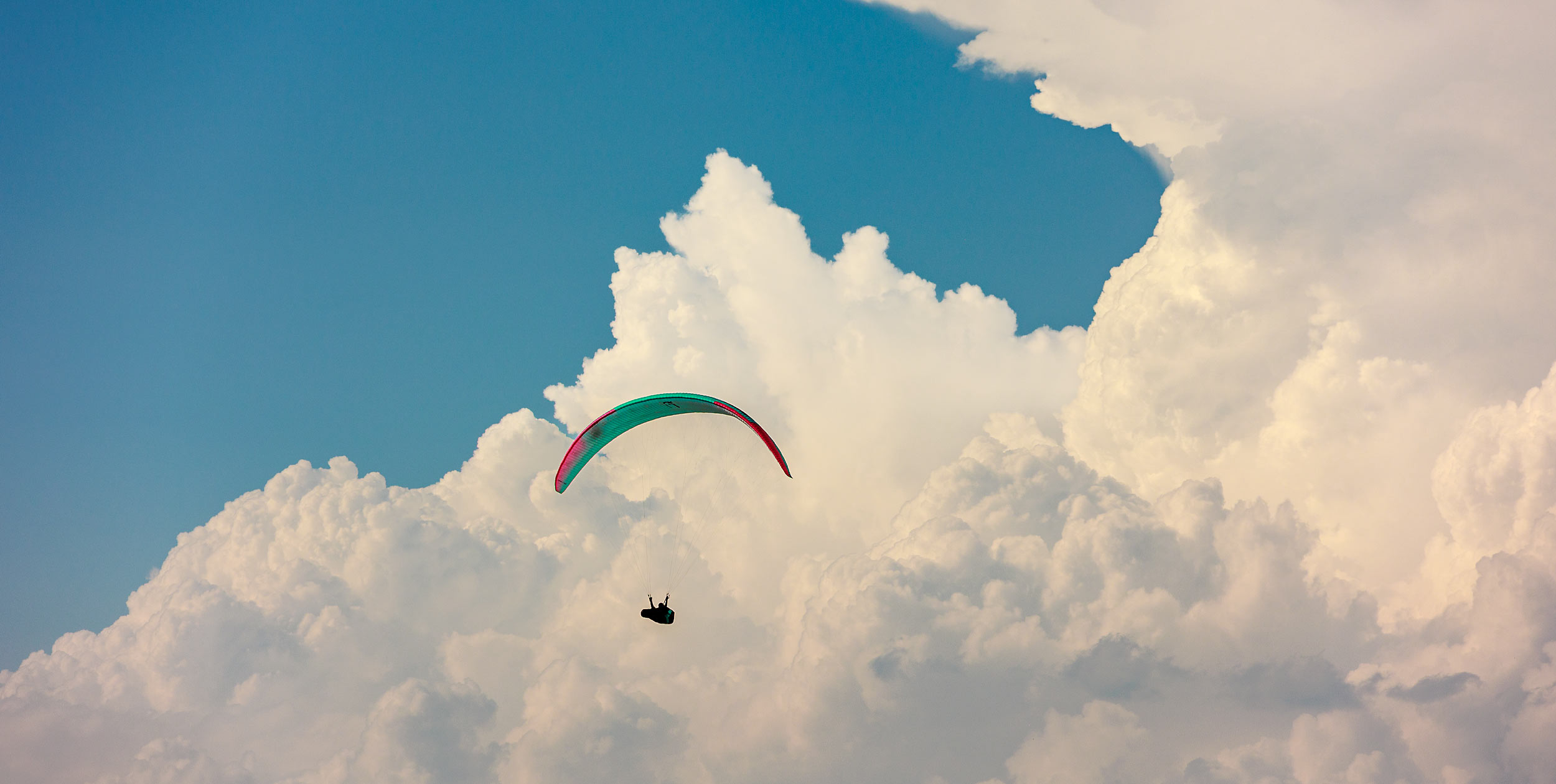When storms are forecast and clouds growing, how do you know whether it is safe to fly, or time to get out of the air? Bruce Goldsmith offers some pointers.
Whilst flying at the Paragliding World Championships in Feltre, Italy in 2017, nearly every day pilots had storms and overdevelopment. Not only did I get some nice photos of storms, but it was a good chance to remind myself of some of the important points of storm flying.
Even though there were storms most days there were no accidents during the whole comp from pilots flying near storms, despite the pictures I took which might make you think otherwise. Here’s my advice on how to handle flying when storms are likely.
Look at the forecast: The first thing to do is look at the forecast before you fly to check the likelihood of storms. Weather forecasts are generally good at...


